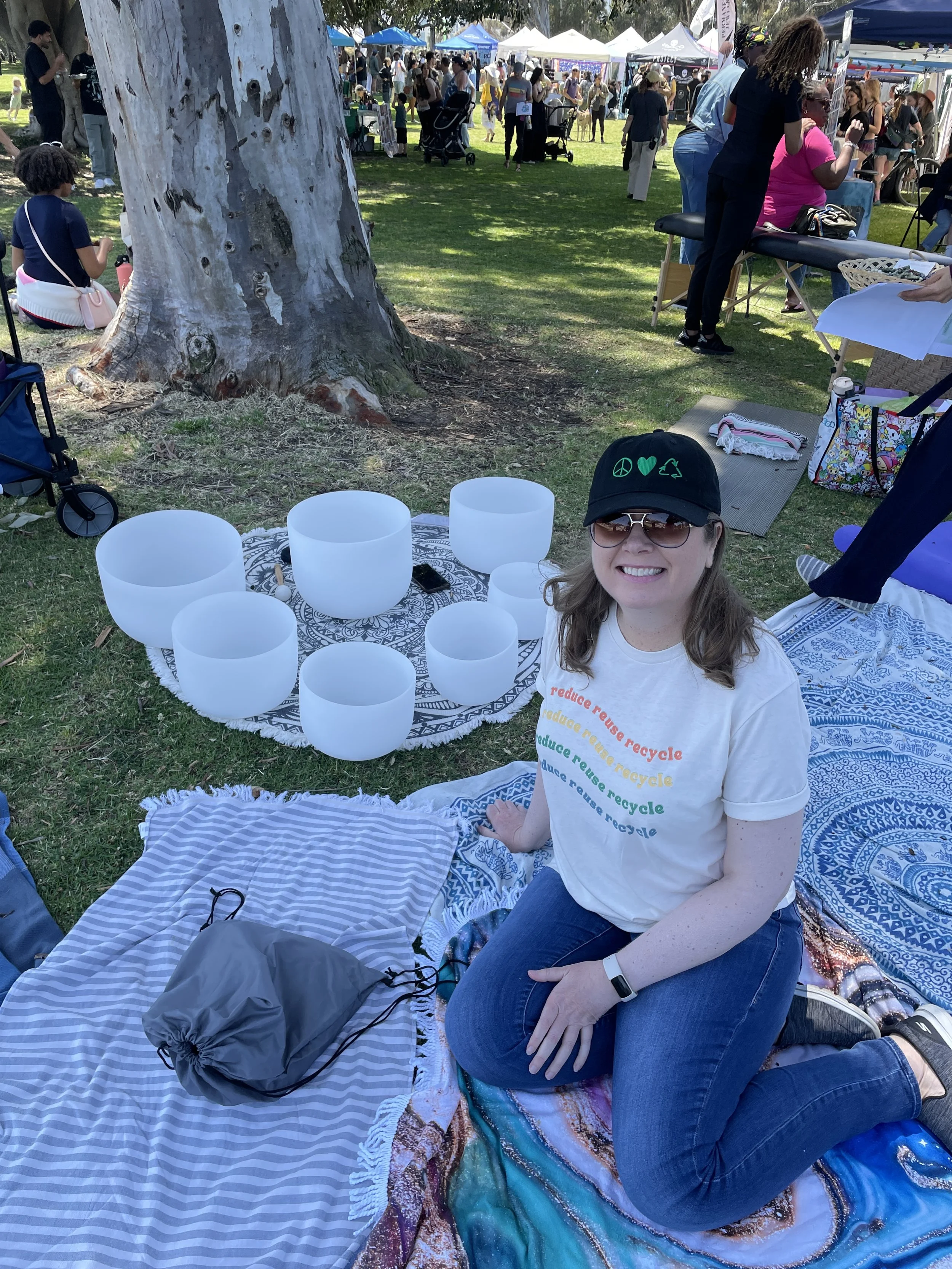What is Biodegradable Plastic?
Introduction
Many items have the label of being biodegradable, making us think that these will easily break down in the natural environment. However, this is only sometimes the case.
Definition of Biodegradable
Biodegradable refers to the ability of a substance or material to be broken down, decomposed, and returned to the environment by natural processes, such as the action of microorganisms, bacteria, fungi, and other living organisms. In other words, a biodegradable product can be broken down into simpler, non-harmful compounds over time, eventually becoming part of the natural ecosystem without causing long-term environmental harm.
That’s great, right? We can all use biodegradable plastics, and they will all break down naturally, and we will stop polluting our environment! Wrong.
These products take specific temperatures, humidity, bacteria, etc., to break down. So they don’t just magically disappear into our land. For this reason, special industrial facilities are needed to make this process happen.
Disposing of Biodegradable Plastic
If you can dispose of your biodegradable plastic product in a way that meets the criteria needed to break it down naturally, like through a nearby facility, that is great. However, most of us rely on our city’s programs to ensure this happens. And many cities do not have a way to make this natural biodegradation process happen.
Where I live, in San Diego, the city clearly states that we cannot compost nor recycle biodegradable items:
“No, products labeled “compostable” or “biodegradable” including items such as bags, takeout containers, coffee pods, food packaging, cups, plates and service ware are not accepted in the green bin. Items displaying a green or brown symbol and bioplastics, which are plastics made from organic material rather than fossil fuels (Polylactic PLA and #7 labeled plastics with a chasing arrow are examples of bioplastics) are not accepted in the green bin. As a reminder, please do not recycle PLA or other types of compostable or biodegradable plastics in your recycling bin. All compostable or biodegradable products should be placed in the trash bin.”
So, our biodegradable items will end up in the landfill, contributing to additional carbon dioxide and methane gases.
This is disappointing. Many of us purchase items with biodegradable labels, thinking they will eventually biodegrade, even if not as quickly as advertised. But when it ends up in the landfill, it may be there for hundreds of years, just like other plastic, because it will likely never have the exact conditions needed for biodegradation.
For some items, however, TerraCycle may be able to recycle them for you. TerraCycle provides a way to recycle many products that are not typically recyclable. They use these items to create new plastic items.
The positives of biodegradable plastics
There are still some benefits to biodegradable plastics, however. Biodegradable plastics are not made from fossil fuels like everyday plastics. Burning fossil fuels adds to greenhouse gas emissions, so avoiding this processing is a huge benefit.
Biodegradable plastics are most commonly made of PLA (polylactic acid), which is made mainly from plant sources like corn starch or sugarcane.
Here at Stepping Green, we offer biodegradable phone cases with lovely designs as an alternative to plastic cases. Made from PLA plant polymer and bamboo fibers, these cases naturally biodegrade 160 days after disposal under the right conditions. They also support wireless charging for hassle-free battery charging on the go. Take one small step to living more eco-friendly and check them out in our shop here.
Conclusion
While biodegradable plastics are not a complete solution to replacing regular plastics, there are some benefits. Keep an eye out for the best ways to recycle/compost these types of plastics. More options may come in the future to ensure they biodegrade.




